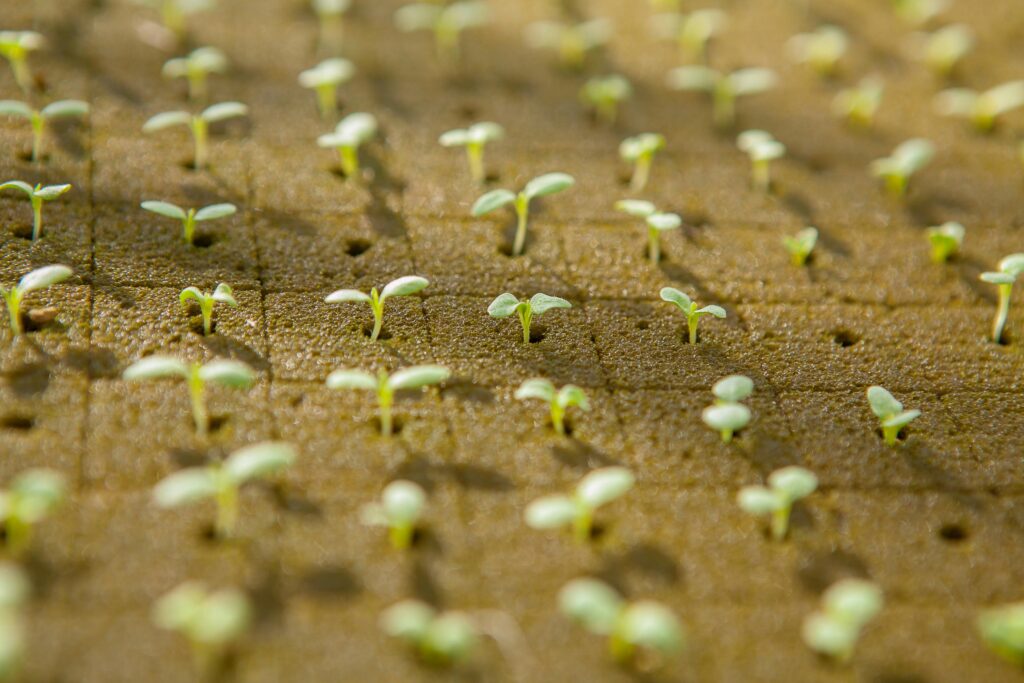Gardening is a fulfilling and therapeutic activity that allows you to connect with nature while cultivating your own green oasis. Starting a small garden is not only a rewarding hobby but also a step toward sustainable living. Whether you have a backyard, a balcony, or just a windowsill, you can create a thriving garden with the right approach. Here, we guide you through the process of starting a small garden from scratch.
Why Start a Small Garden?
- Improved Mental Health: Gardening reduces stress and promotes mindfulness.
- Access to Fresh Produce: Grow your own fruits, vegetables, and herbs.
- Environmental Benefits: Green spaces improve air quality and support local ecosystems.
- Creative Expression: Design your garden to reflect your personality and preferences.
Planning Your Garden
- Choose the Right Location
- Look for a spot that receives at least 6-8 hours of sunlight daily.
- Ensure good drainage and protection from strong winds.
- Decide What to Grow
- Consider your space, climate, and personal preferences.
- Start with easy-to-grow plants like tomatoes, lettuce, basil, or marigolds.
- Design Your Garden
- Plan the layout based on the size and shape of your space.
- Use containers, raised beds, or vertical gardening techniques for small areas.
Preparing Your Garden Space
- Clear the Area
- Remove weeds, rocks, and debris.
- Loosen the soil using a garden fork or tiller.
- Enrich the Soil
- Add compost or organic matter to improve soil fertility.
- Test the soil pH and adjust it for the plants you intend to grow.
- Set Up Garden Beds or Containers
- Use wooden boxes, pots, or repurposed containers for planting.
- Ensure containers have drainage holes.
Planting Your Garden
- Follow Planting Guidelines
- Check seed packets or plant labels for spacing, depth, and watering instructions.
- Start seeds indoors if needed and transplant them later.
- Water Regularly
- Keep the soil moist but not waterlogged.
- Water early in the morning or late in the afternoon to prevent evaporation.
- Mulch to Retain Moisture
- Apply a layer of mulch around plants to conserve water and reduce weeds.
Caring for Your Garde
- Monitor Plant Health
- Check regularly for pests, diseases, or nutrient deficiencies.
- Use organic remedies or natural predators to manage pests.
- Prune and Harvest
- Remove dead leaves and overgrowth to encourage healthy development.
- Harvest fruits and vegetables when they’re ripe to enjoy fresh produce.
- Rotate Crops
- Avoid planting the same crops in the same spot each year to prevent soil depletion.
Small Garden Ideas
- Herb Garden: Grow kitchen staples like basil, parsley, and thyme in small pots.
- Vertical Garden: Use wall planters or hanging pots to save space.
- Pollinator-Friendly Garden: Plant flowers like lavender and sunflowers to attract bees and butterflies.
- Succulent Garden: Create a low-maintenance garden with drought-resistant plants.
Conclusion
Starting a small garden is a journey of growth, both for your plants and yourself. It’s an opportunity to learn, experiment, and enjoy the fruits of your labor. By following these steps, you can create a beautiful and productive garden, no matter the size of your space. Begin your gardening adventure today and watch as your efforts blossom into a lush, green haven.
